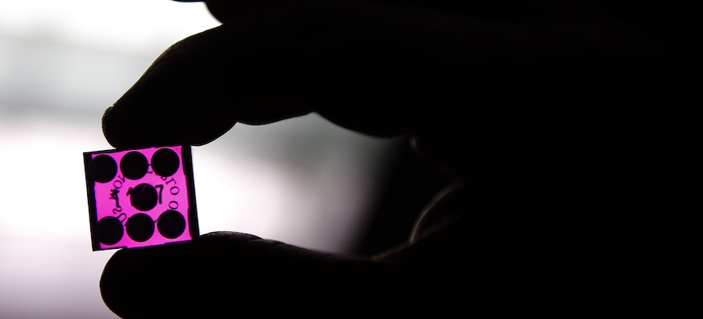The psychology when it comes to making choices

"Probability is not a mere computation of odds on the dice or more complicated variants; it is the acceptance of the lack of certainty in our knowledge and the development of methods for dealing with our ignorance." ― Nassim Nicholas Taleb, Fooled by Randomness: The Hidden Role of Chance in Life and in the Markets
Forex is all about choosing a trade idea with the
highest probability of success. However, human intuition and common wisdom can
be rather deceitful and lead to poor judgments. In this article, we will
revisit the main laws of probability that can be applied to trading and learn
from them.
The flaws of intuition
The problem is that many times when we go with our intuition without giving it a deep thought, we make a poor estimate of probability. Let's resort to the prospect theory developed by Daniel Kahneman and Amos Tversky. This theory explores the ways we make decisions which are associated with risks.
Imagine that you face a choice:
1. A 75% chance to win $100 with a 25% chance of getting nothing.
2. A sure profit of $70.
There's one more test. This time necessary to choose between:
1. A 75% chance of losing $100 with a 25% chance of losing nothing.
2. A sure loss of $70.
Logic would say that a risk-averse person would choose option 2 in both cases (limited profit plus limited risk). However, in reality, the majority chooses 2 in the first choice and 1 in the second choice.
The prospect theory shows that people overestimate the probability of getting no gain but overestimate the chance of losing nothing. They seek to reduce their risks and in doing so they may get a smaller profit and a bigger loss.
In other words, losses psychologically affect people more than gains. If the probability of success is low, people tend to risk more, while if the probability of success is high, they, on the contrary, are reluctant to take risks. It's clear, that to maximize utility, one should do everything the other way round. The same bad tendencies are observed with losses. The higher the probability of loss, the more people tend to risk.
When emotions are ruling your trading decisions, you are not really trading, you are gambling. You are tempted to limit your profit and let your losses run. The solution that can help improve the situation self-control, a decent trading system (we'll return to this later) and the respect of risk management.
Amanda Cox, the editor of the New York Times' The Upshot, provides a nice visual of the human fallacy in judging probabilities:

The problem arises when we move from probability to predictions and actions based on these predictions. If we estimate the chance of profit by 80%, we may be carried away and disregard a protective stop. Even though it's hard to think probabilistically, traders should make this effort.
The gambler's fallacy
Let's make sure that the concept of probability started to sink in. Imagine that you toss a coin. The outcome is random, so the probability of either heads or tails equals to 50%. For example, you are betting on heads. Will the probability of your success decline after 5 heads in a row? The answer if no, it will still be equal to 50%. The reason is that we don't count the probability of several events at once, but start anew with an independent event, so the possibility of success is 50% each time.

This is called the gambler's fallacy (the mistaken belief that, if something happens more frequently than normal during a given period, it will happen less frequently in the future) and was witnesses in Monte Carlo often enough.
Traders should also remember it when chilling after a set of gains or brooding over a series of losses.
Befriending mathematical expectation
Of course, a trading decision is more complicated than a coin flip. And yet, it all comes to probability.
The goal of a trader is to build a trading system with a positive expectation and combine it with sound risk management. Regrettably, the maths doesn't allow us to predict the future performance of a trading system. All we can do is to study historical data gathered during the period when you backtested your strategy. The formula of positive mathematical expectation will be something like:
[1 + (W/L)]xP - 1, where W is the amount of average winning trade, L is the amount of average losing trade and P is the probability of winning.
Remember that mathematical expectation is not predictive in nature, but a system with a positive expectation is your basis for successful trading. The other crucial element is proper risk management. Incidentally, risk exposure is the one thing we can actually control in trading with tools like position sizing, risk-reward ratio, and stop loss orders.
Risk management allows maximizing the gains provided by the trading system with a positive expectation while limiting risks. It's wise to use your power when it can be used and make it yield you the benefits. It's a way for a trader to stop looking for a "holy grail" (a 100% success system) and start actually making profits ― thinking probabilistically as he/she is doing so.
This article was submitted by FBS.




